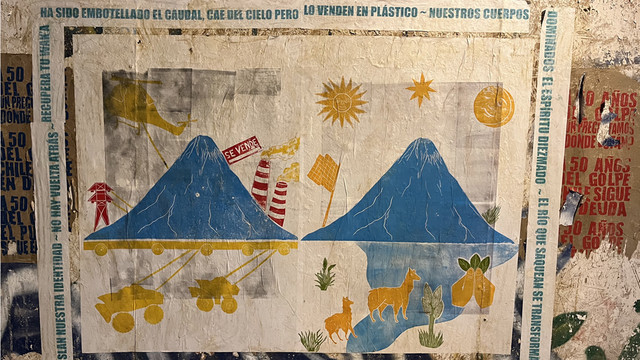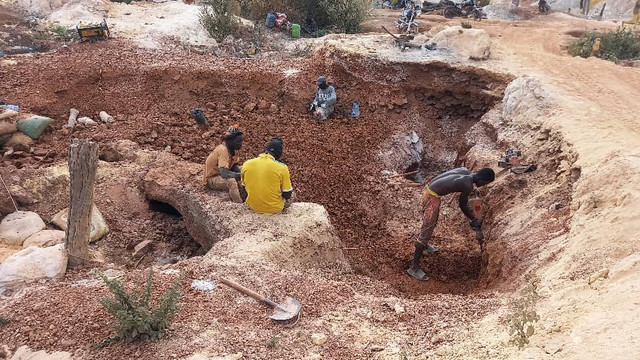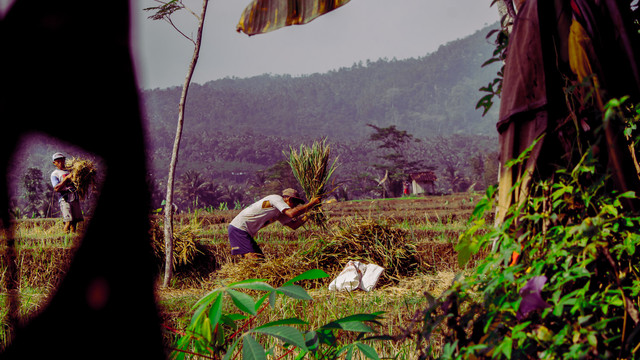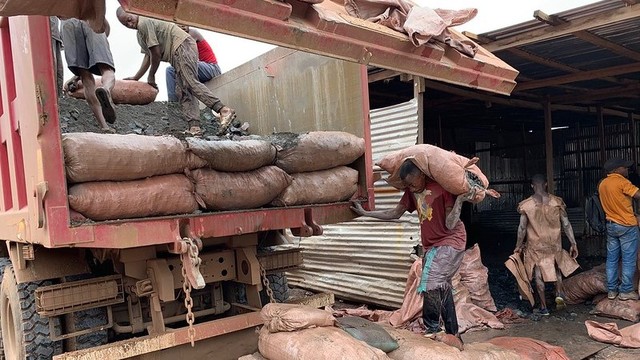Sustainable development and artisanal mining: time to broaden the ‘blood diamonds’ conversation?
Millions of people in some of the world’s poorest countries depend on diamond mining for a living. Yet a focus on dealing with so-called ‘blood diamonds’ stops a wider conversation about how to help these people thrive.


Water and gravity are used to separate and, ultimately, leave the diamonds (Photo: Copyright James McQuilken/@J_McQuilken)
Diamond mining is not without controversy. High-profile campaigns in the late 1990s and noughties coined the phrase ‘blood diamonds’ as shorthand for illicit diamond trade funding wars in African countries. It even made it to Hollywood in a 2007 movie starring Leonardo DiCaprio.
The Kimberley Process then and now
The Kimberley Process, was set up in 2003 as a certification scheme to clean up the diamond supply chain and make sure that the diamond trade does not finance armed conflict. The ‘KP’, as the process is known, requires member states to set up an import and export control system for rough diamonds. Over 75 of the world’s diamond producing, trading and manufacturing countries participate in the process.
This year, the KP turns 15. Its birthday, and the lead up to it, has been greeted with concern from campaigning organisations and diamond companies alike.
Critics say the KP does not stop diamonds, whose trade has fuelled human rights violations, from entering the global supply chain. Its definition of a ‘conflict diamond’ as one used to fund rebel groups, does not cover other critical issues, such as state violence against diamond miners or poor working conditions. Many think the KP’s pace of reform is too slow.
A supply chain completely free of human rights abuses is imperative to safeguard the wellbeing of diamond-producing communities. And given that clean supply chains are increasingly valued by consumers, it ought to be a goal of responsible diamond companies too.
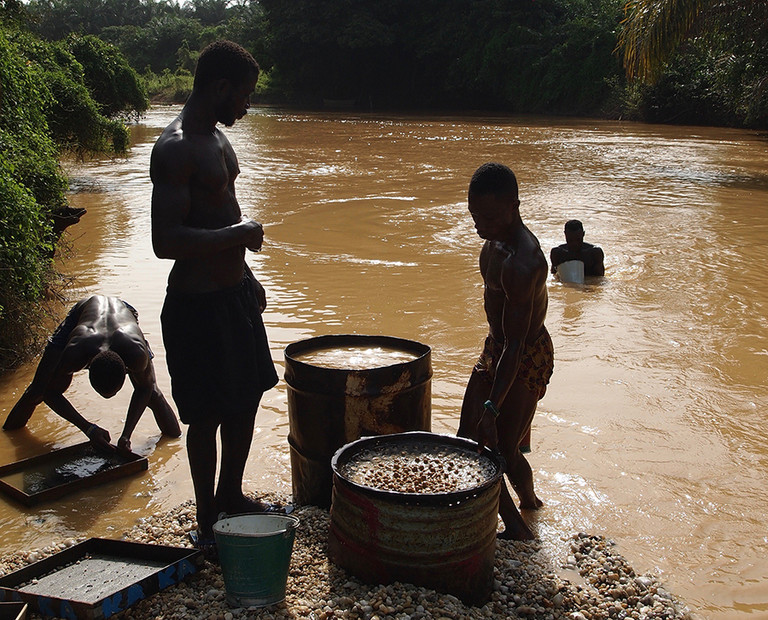
Adding to the conversation
A parallel conversation on how to support artisanal small-scale (ASM) diamond mining communities to become thriving small-scale producers is also essential. The World Bank estimates that 20% of global diamond supply is produced by this sector. Aiming to ‘leave no one behind,’ the Sustainable Development Goals (SDGs) provide a blueprint for action by governments, industry and civil society across all sectors, including ASM.
IIED was invited to this year’s KP plenary. This is an annual gathering of members and observers to the process, including government officials from 81 countries, representatives from diamond companies and trade associations, and some civil society organisations from producing countries.
Over the course of a week the members review progress made by seven working groups and committees and agree – on a full consensus basis – on resolutions, leadership and priority actions for the following year. The European Union holds the chair in 2018 – a position that rotates annually.
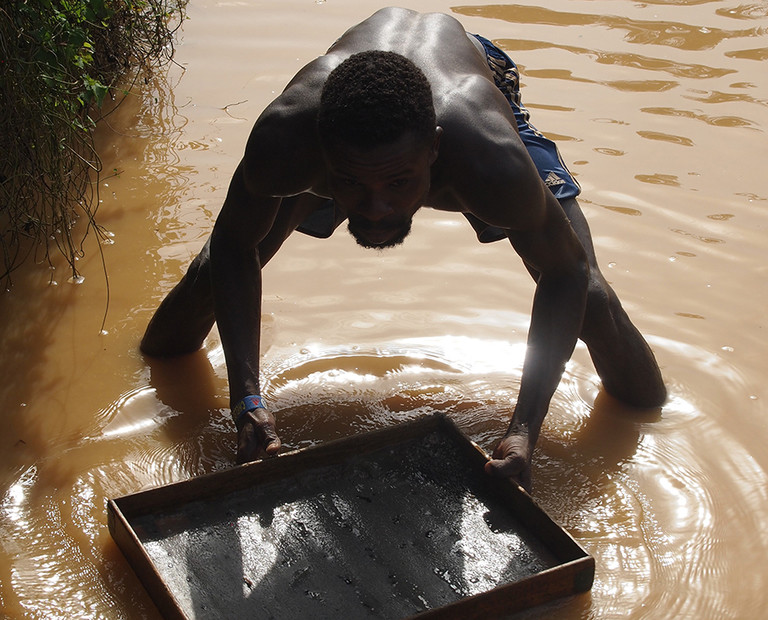
Despite being a potential blueprint for action the SDGs did not figure prominently in the programme. Neither was there much discussion about good practices to mitigate the social impacts of artisanal and small-scale diamond mining, nor about ways to support artisanal diamond entrepreneurship and access to market. Could the focus on ‘blood diamonds’ divert discussions away from other types of equally needed action?
Lessons from IIED’s ASM dialogue
This year’s KP Plenary included a special forum on the environmental challenges of diamond mining, where IIED shared some lessons from our experiences running country dialogues in gold and gemstone ASM. We saw that many (though not all) of the environmental challenges are similar across most forms of ASM, including that of diamonds – as is the potential for local sustainable development.
Here’s a summary of what we shared:
- Environmental management is not purely a technical issue. Technologies and regulations alone are not enough to make sure that environmental impacts are managed. Participatory, inclusive processes – from the local governance level upwards – can help all parties arrive at a common understanding of the problems and, to some consensus on solutions and how to put them into practice. Participation increases the chance that ASM’s environmental management will be effective.
- Engagement and communication are essential. Safeguarding the environment is a shared responsibility. However, it is said that when something is everyone’s responsibility it quickly turns into no one’s responsibility. That’s why engaging all stakeholders is crucial: all need to be clear on everyone’s roles and responsibilities, on agreed collaborative actions, on progress against environmental impact assessments and plans, on technologies and know-how available, and so on.

- We need more success stories and supporters. While there are some programmes from agencies such as USAID and initiatives like De Beer’s Gemfair that aim to support the economic development of diamond-producing communities, there aren’t many more examples that shed light on how to unlock the sustainable development potential of diamonds ASM.
Without good practice to guide and inspire, it is more difficult to transform unsafe, unproductive ASM into a force for local good. Is it time for more donors, foundations and companies to take a closer look?
Ultimately, informality is a common thread across all forms of ASM. Formalisation, a rather overwhelming word for many, cannot succeed without participation and collaborative local governance. There must also be recognition of, and support for, ASM miners as responsible micro-entrepreneurs and drivers of local development.
This last point would be a helpful complement to existing conversations about ‘blood diamonds.’ We’ll be listening with interest.
